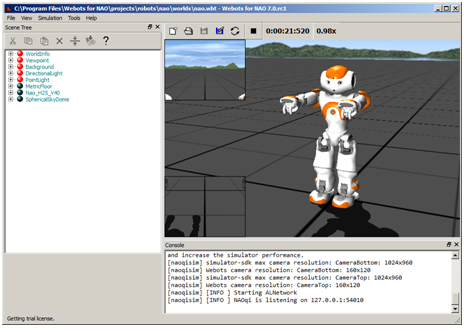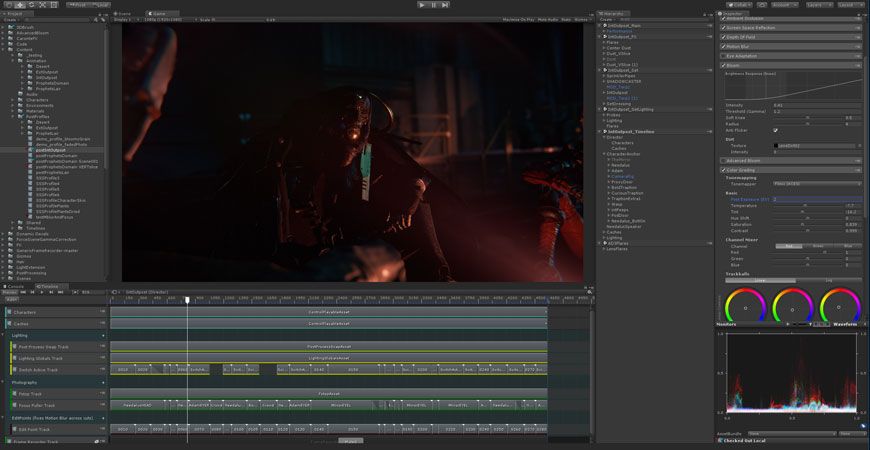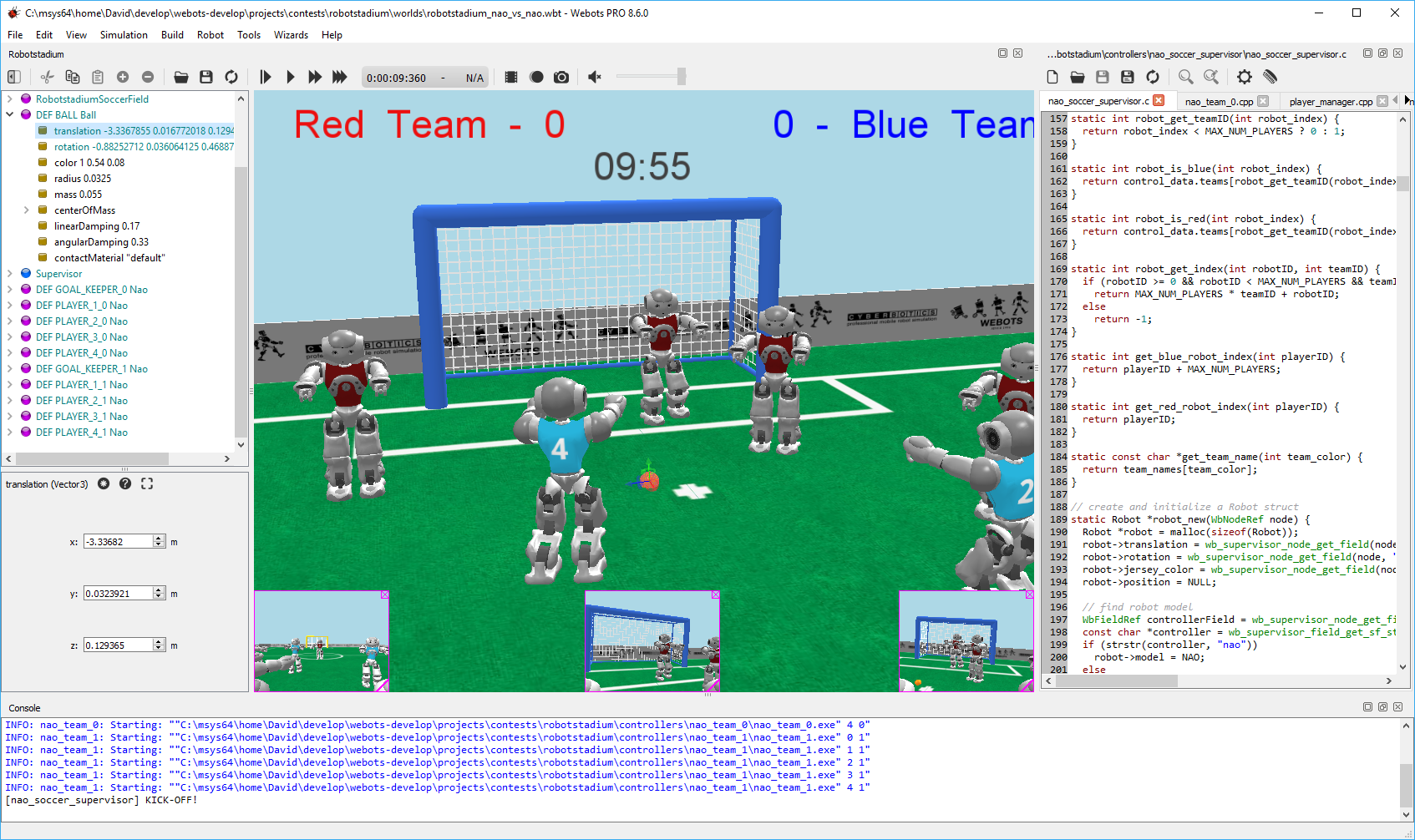

A support vector machine (SVM)-based fall detection algorithm is used to detect whether the user is going to fall and to distinguish the user’s falling mode when he/she is in an abnormal walking state.

Then, a fuzzy logic control (FLC)-Kalman filter (LF)-based coordinated motion fusion algorithm is proposed to synthesize these two segmental HMIs to obtain an accurate HMI.

To develop the accurate human motion intention (HMI) of such robots when the user is in normal walking state, force-sensing resistor (FSR) sensors and a laser range finder (LRF) are used to detect the two HMIs expressed by the user’s upper and lower limbs. Therefore, a novel coordinated motion fusion-based walking-aid robot system was proposed. Human locomotion is a coordinated motion between the upper and lower limbs, which should be considered in terms of both the user’s normal walking state and abnormal walking state for a walking-aid robot system. Overall, our results suggest that robots could successfully engage older adults in partner dance-based exercise. Throughout the study, our robot used admittance control to successfully dance with older adults, demonstrating the feasibility of this method. Through a qualitative data analysis of structured interview data, we also identified facilitators and barriers to acceptance of robots for partner dance-based exercise. Participants tended to perceive the robot as easier to use after performing the PST with it. According to questionnaires, participants were generally accepting of the robot for partner dance-based exercise, tending to perceive it as useful, easy to use, and enjoyable. Participants led the robot by maintaining physical contact and applying forces to the robot’s end effectors. Participants successfully led a human-scale wheeled robot with arms (i.e., a mobile manipulator) in a simple, which we refer to as the Partnered Stepping Task (PST).

Using methods from the technology acceptance literature, we conducted a study with 16 healthy older adults to investigate their acceptance of robots for partner dance-based exercise. However, partner dance involves physical contact between the dancers, and older adults would need to be accepting of partner dancing with a robot. Robots could potentially facilitate healthy aging by engaging older adults in partner dance-based exercise. Partner dance has been shown to be beneficial for the health of older adults. The results showed that the robot learnt, using interactive reinforcement learning, the preferences of human partners, and the dance improved with the extracted preferences from more human partners. Together with Softmax action-selection method, the Sarsa reinforcement learning algorithm was used as the underlining learning algorithm and to effectively control the trade-off between exploitation of the learnt dance skills and exploration of new dance actions. performing more of what was preferred and less of that was not preferred. The extracted preferred dance actions from different people were then combined to generate improved dance sequences, i.e. By using a buffering technique to store the dance actions before a feedback, each individual’s preferences can be extracted even when a reward is received late. Human’s preferences were extracted by analysing the common action patterns with positive or negative feedback from the human during robot dancing. If you can’t find the resource you need here, visit our contact page to get in touch.Įstablished in 1962, the MIT Press is one of the largest and most distinguished university presses in the world and a leading publisher of books and journals at the intersection of science, technology, art, social science, and design.In this paper, we investigated an approach for robots to learn to adapt dance actions to human’s preferences through interaction and feedback. The MIT Press has been a leader in open access book publishing for over two decades, beginning in 1995 with the publication of William Mitchell’s City of Bits, which appeared simultaneously in print and in a dynamic, open web edition.Ĭollaborating with authors, instructors, booksellers, librarians, and the media is at the heart of what we do as a scholarly publisher. Today we publish over 30 titles in the arts and humanities, social sciences, and science and technology. MIT Press began publishing journals in 1970 with the first volumes of Linguistic Inquiry and the Journal of Interdisciplinary History.


 0 kommentar(er)
0 kommentar(er)
